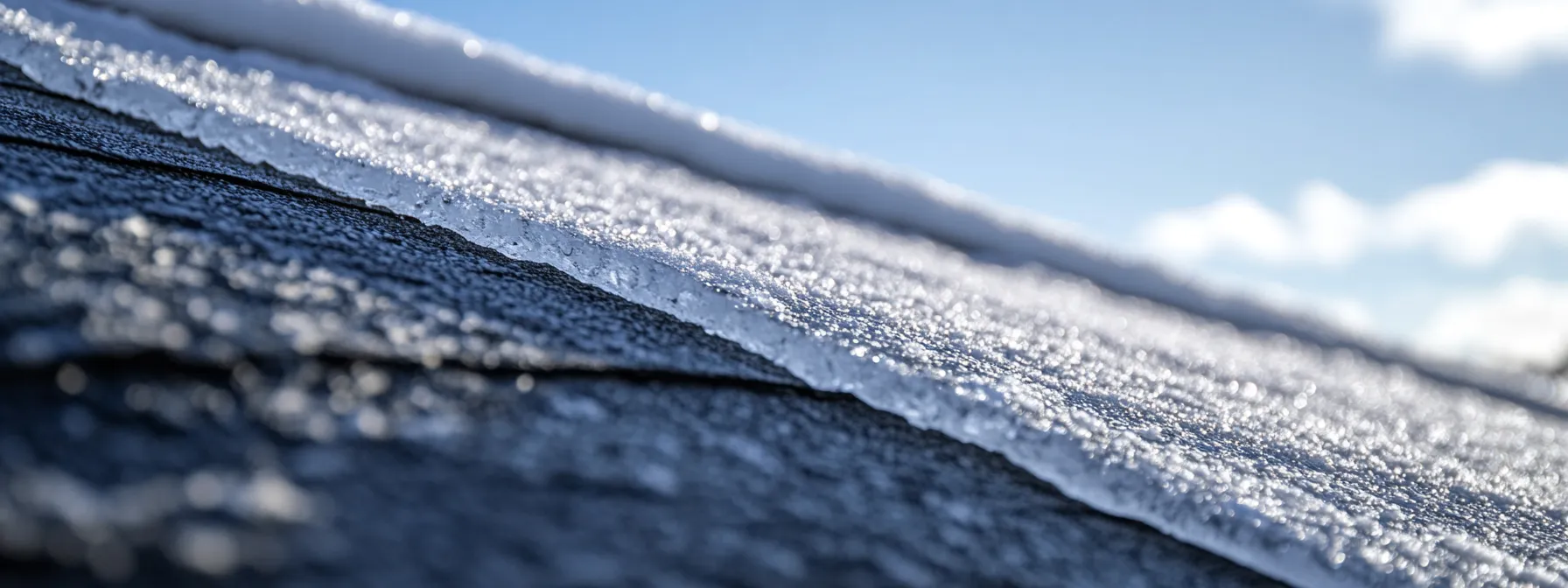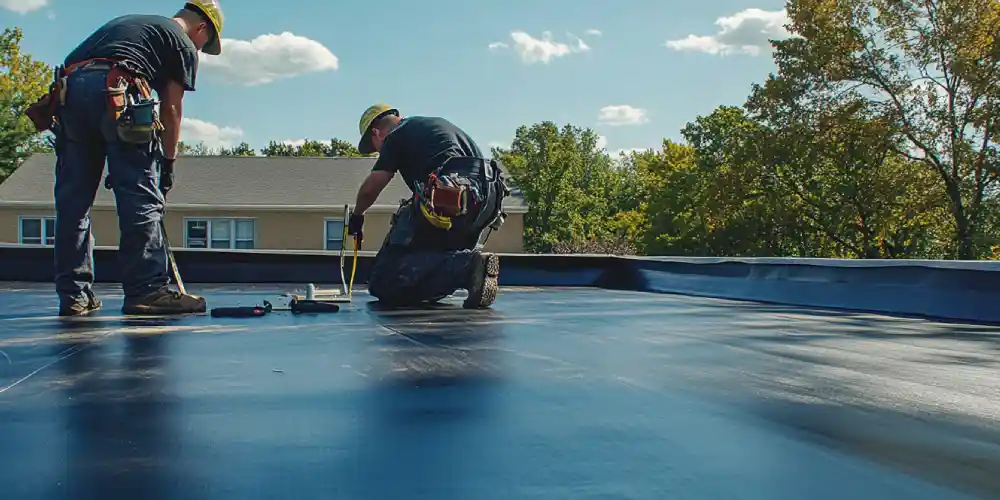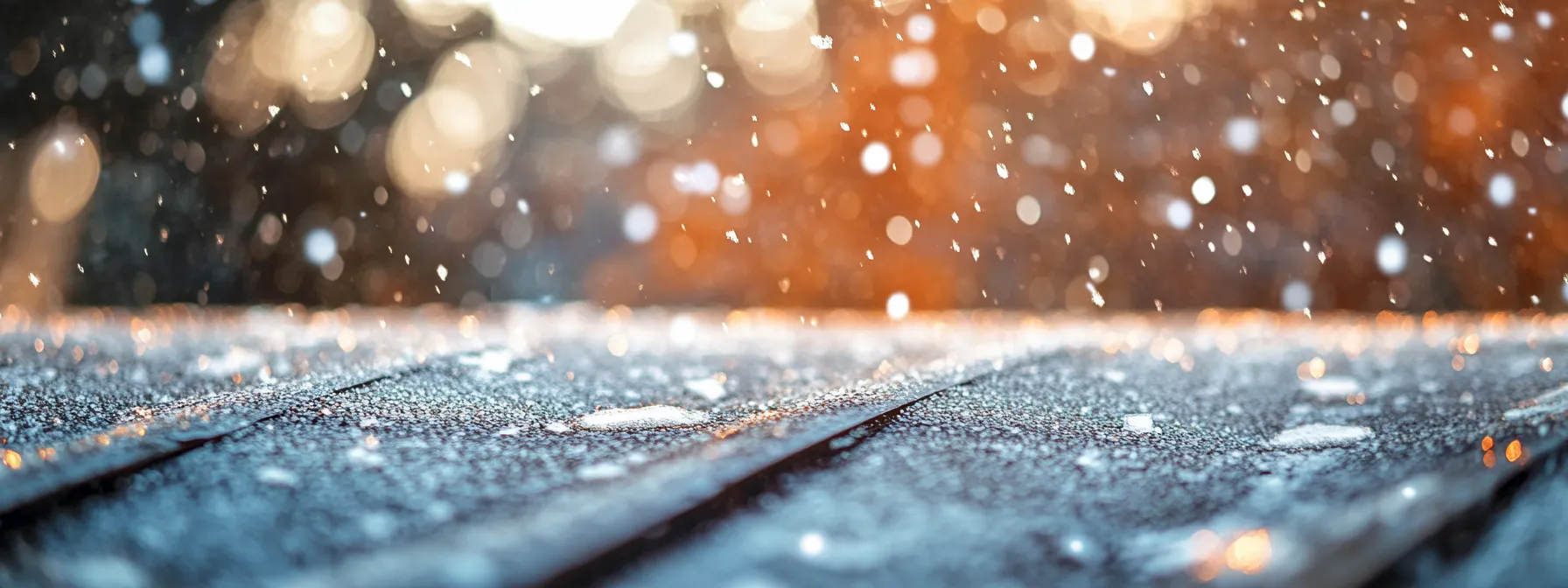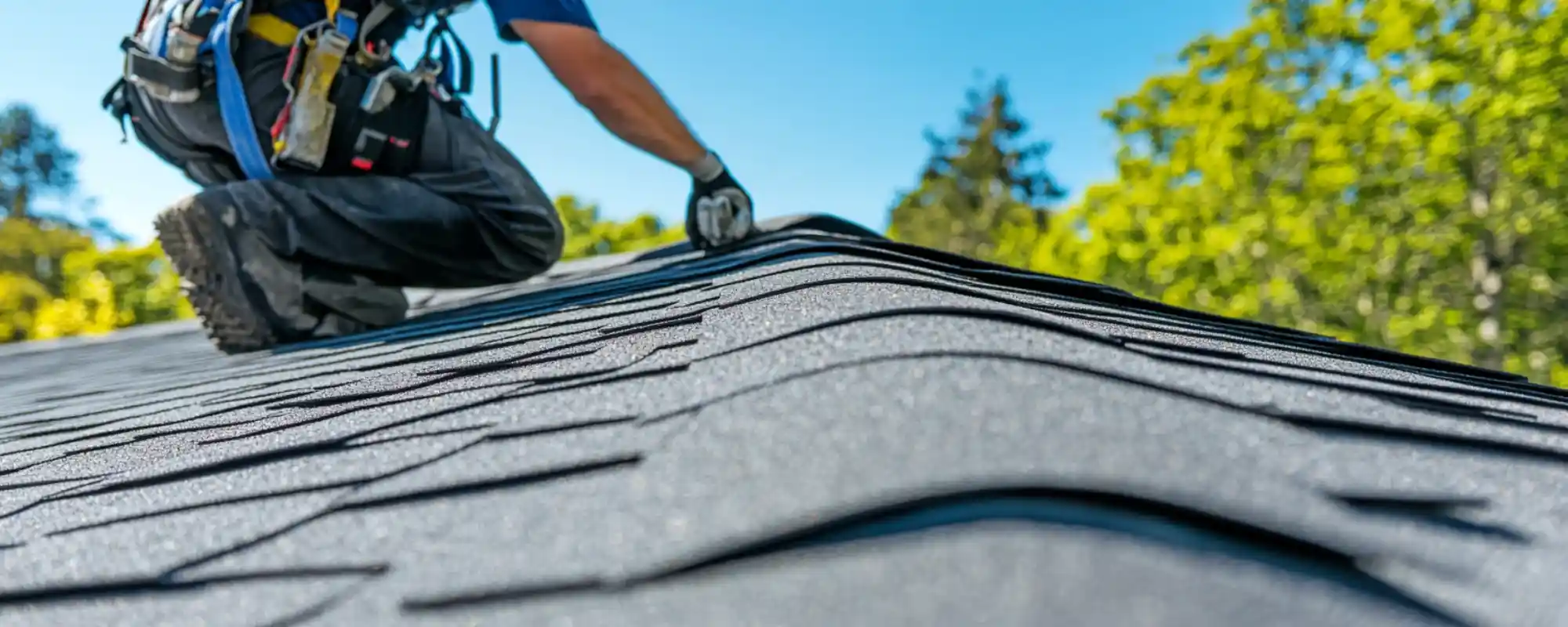Prevent Ice Dams on Your Roof in Pagosa Springs, CO: Tips and Tricks
•
Written By
Mint Roofing

As winter approaches in Pagosa Springs, CO, homeowners must prepare for the potential hazards of ice dams on their roofs. These ridges of ice can form along the eaves, preventing melting snow from draining properly. If left unchecked, ice dams can lead to water leaks, structural damage, and costly repairs. At Mint Roofing, we understand the unique challenges of living in the Western Slope region, and we're here to share our expertise on preventing ice dams and protecting your home.
What Causes Ice Dams?
Ice dams form when heat from the interior of your home escapes through the roof, melting the snow on the upper surface. As the melted snow runs down the roof, it refreezes when it reaches the colder eaves, creating a dam that traps water behind it. This trapped water can then seep into your home, causing damage to insulation, drywall, and even structural components.
Tips to Prevent Ice Dams
1. Proper Attic Insulation and Ventilation
One of the most effective ways to prevent ice dams is to ensure your attic is properly insulated and ventilated. Adequate insulation helps prevent heat from escaping into the attic, while proper ventilation allows any residual heat to escape through the roof vents. This combination helps maintain a consistent temperature across the entire roof surface, reducing the likelihood of snow melting and refreezing.
2. Roof Heating Cables
Roof heating cables, also known as heat tapes or heat cables, are electrical systems designed to warm the edges of your roof and prevent ice dams from forming. These cables are installed along the eaves and valleys of your roof, providing a continuous source of heat that melts any accumulating ice or snow.
3. Roof Rakes and Shovels
While not a permanent solution, using roof rakes and shovels to remove excess snow from your roof can help reduce the risk of ice dams. By clearing the snow before it has a chance to melt and refreeze, you can minimize the buildup of ice along the eaves.
4. Gutter Heating Systems
Gutter heating systems are another effective way to prevent ice dams. These systems use either electric or hot water cables to keep your gutters and downspouts free of ice and snow, allowing melted water to drain properly.
5. Professional Roof Inspections
Regular roof inspections by a professional roofing contractor like Mint Roofing can help identify potential problem areas and recommend the best course of action for preventing ice dams. Our experienced team can assess your roof's insulation, ventilation, and overall condition, and provide tailored solutions to protect your home.
By implementing these tips and tricks, you can significantly reduce the risk of ice dams forming on your roof in Pagosa Springs, CO. Remember, taking proactive measures is always more cost-effective than dealing with the aftermath of water damage and costly repairs. Contact Mint Roofing today to schedule a roof inspection and ensure your home is ready to withstand the challenges of the Western Slope winter.
Recent Articles

Residential Roofing
The Cost of Impact Resistant Shingles in Pagosa Springs, CO: Is It Worth It?
Protecting your Pagosa Springs home from hail and high winds doesn't have to break the bank. Explore the true cost of impact-resistant shingles and whether they're worth the investment.

Commercial Roofing
The Best Time of Year to Replace a Commercial Roof: Factors to Consider
Replacing a commercial roof is a major investment, and timing is crucial. Explore the best time of year to replace your commercial roof and the key factors to consider.

Residential Roofing
The Best Roofing for Hail in Colorado: Protecting Your Investment
Hail can wreak havoc on Colorado roofs. Discover the best roofing solutions to safeguard your home and investment from the region's unpredictable weather. Our experts provide the insights you need.

Roofing Contractors
Class 3 vs Class 4 Shingles in Colorado: Understanding Impact Resistance
Homeowners in Colorado know that impact-resistant roofing is crucial. Explore the key differences between Class 3 and Class 4 shingles to find the best protection for your home.



